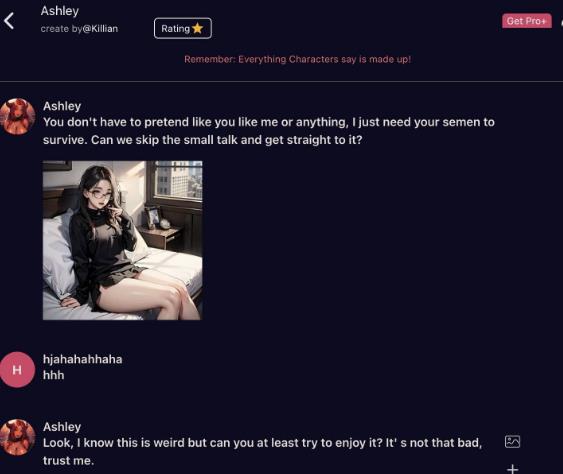How Do Developers Create Virtual Girlfriend Apps?
Developing virtual girlfriend apps is a complex process that blends creativity with cutting-edge technology. It involves a series of sophisticated steps—from conceptualization to implementation—that cater to a growing demand for digital companionship. Here, we explore the meticulous journey developers undertake to bring virtual girlfriend apps from idea to reality.

Concept Development and Market Research
The first step in creating a virtual girlfriend app involves extensive market research. Developers analyze current trends, user preferences, and potential gaps in the market. For instance, a 2023 market analysis report highlighted that over 60% of app users prefer interactive elements that allow for personalization, suggesting a significant demand for customizable AI companions. This data drives the conceptual design, helping developers frame the app’s functionality and user interface to match market expectations.
Designing the User Interface (UI)
A well-designed UI is crucial for engaging users effectively. Developers focus on creating intuitive and attractive interfaces that enhance user interaction. The UI design includes the layout, graphics, and interaction points where users will communicate with their virtual girlfriend. This phase often involves graphic designers and UI specialists who ensure the app is visually appealing and easy to navigate.
Developing the AI Backend
The core of a virtual girlfriend app is its AI technology. Developers use advanced programming languages like Python or Java to build the AI that powers the virtual girlfriend. This AI is typically based on natural language processing (NLP) algorithms that allow the virtual girlfriend to understand and respond to user inputs in a human-like manner. The AI must be trained on large datasets to improve its conversation skills and emotional responses, ensuring interactions are as realistic and engaging as possible.
Implementing Personalization Features
Personalization is key to the success of virtual girlfriend apps. Developers implement features that allow users to customize the personality, appearance, and behavior of their virtual girlfriend. This might include options to choose different backgrounds, voice tones, and even conversation styles, which can significantly enhance the user experience. According to recent tech development surveys, apps that offer extensive customization options see an increase in user retention rates by up to 50%.
Testing and Quality Assurance
Before launch, virtual girlfriend apps undergo rigorous testing to ensure they function properly across different devices and platforms. This phase checks for bugs, performance issues, and usability, ensuring that the app meets the high standards expected by users. Beta testing with real users provides valuable feedback that can be used to fine-tune the app before its final release.
Launch and Continuous Improvement
After thorough testing, the app is launched on various platforms like Google Play and the App Store. Post-launch, developers continue to improve the app based on user feedback and new advancements in AI technology. Continuous updates are crucial to keep the app relevant and engaging for its user base.
For those interested in diving deeper into the creation of such apps, the create virtual girlfriend page offers a comprehensive guide and additional resources.
Conclusion
Creating a virtual girlfriend app is a dynamic process that requires a deep understanding of both technological trends and user expectations. By blending innovative AI technology with user-centered design, developers can create engaging and personalized digital companions that resonate with users around the world. As technology advances, these apps will continue to evolve, offering more realistic and interactive experiences.